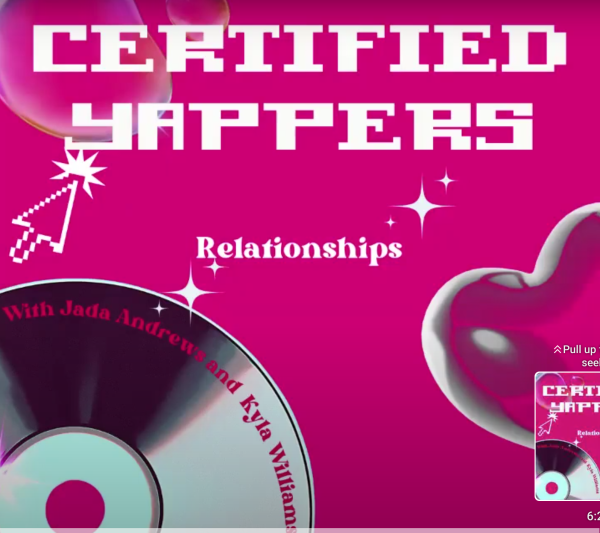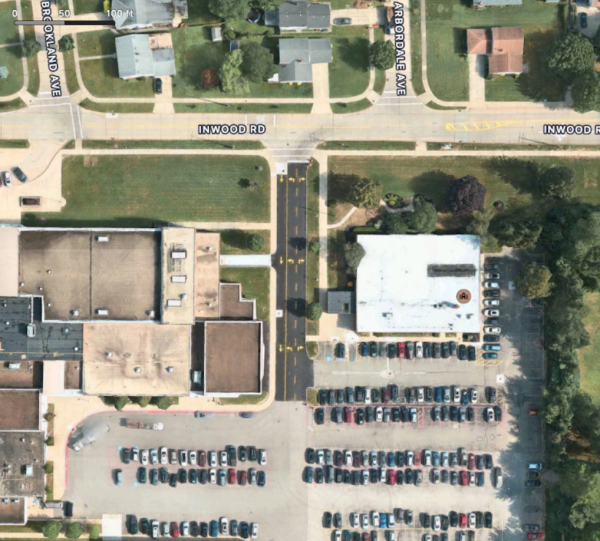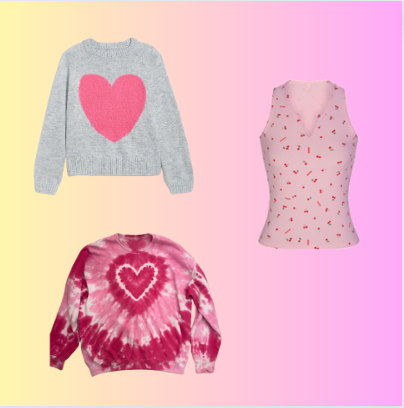The removal of Chief Wahoo was long overdue

Courtesy of @SportsCenter on Twitter
The Chief Wahoo jersey sleeve patch pictured will be removed by 2019.
February 22, 2018
Bright red skin. Pointed triangular eyes. A set of huge teeth forming a toothy grin. A headdress with one adorned feather. I’m not only describing a caricature of an indigenous man; I’m describing a Major League Baseball logo. This figure is Chief Wahoo, a Cleveland Indians design that has been in existence since the ‘50s.
On Jan. 29, Indians ownership pivoted from their longstanding position, announcing that they would remove the controversial decades-old logo from the team’s uniforms in 2019. The logo has long drawn the ire of many advocacy groups, including the National Congress of American Indians (NCAI). Although Cleveland was remarkably the first major sports franchise to diminish the use of hurtful indigenous imagery, they (along with many other sports franchises) still should’ve made this kind of decision ages ago.
Some Indians fans didn’t see this change coming. Solon High School junior Zack Olgin, who is a lifelong Indians fan, was taken by surprise after the news on Chief Wahoo. Olgin said that he believes Chief Wahoo to be a big part of Cleveland’s culture, and that Wahoo “has been built into the city for as long as the team has been here.”
That’s absolutely a logical reaction. Like it or not, Chief Wahoo’s image has permeated Northeast Ohio. One of my old recreation department baseball coaches would dole out Chief Wahoo candy bars after our games. The Chief’s red face and protruding chin dominate neon bar signage in downtown Cleveland. Heck, there are even pictures in my family’s attic of me when I was no more than two years old, donning a Chief Wahoo cap and clutching a plush baseball.
Wahoo is ingrained in Cleveland culture, but it’s not too late to be more respectful. For example, the block “C” logo replaced Wahoo as the Indians’ primary logo in 2014. Did Indians fans take to the streets in revolt? No. Did fans even notice? Hardly. The positive standards set by removing Chief Wahoo completely outweigh any void that would be left by his absence on uniforms or signs at Progressive Field.
An example of a positive standard set by Wahoo’s removal would be that the sanctity of indigenous culture would remain intact. SHS senior and Diversity Acceptance Program (DAPs) president Taleen Avitsian said that the Indians made the right call getting rid of Chief Wahoo, as she said she felt the image was largely ignorant. Avitsian also attested to the importance of staying aware of cultural appropriation (which she said she feels Wahoo represents) both inside of SHS and out.
“DAPs has actually never addressed cultural appropriation in its programming, but I plan to change that this year as president,” Avitsian said. “I’m in the process of organizing a panel of students from a variety of backgrounds and culture clubs to address intolerance and cultural appropriation in our community. This is definitely something that must be discussed among a younger population and bringing it to light will make a difference in our school towards positive change.”
While Avistian stressed the importance for recognizing cultures around the world, including Native American culture, she said that she felt Wahoo simply isn’t tasteful.
“I don’t think that [Chief Wahoo] promoted diversity because of its potential mocking tone,” Avitsian said. “It could be taken the wrong way and is honestly not a depiction of tolerance.”
However, Avitsian noted that ultimately she can’t be the one to judge rather Chief Wahoo is defamatory or not to indigenous culture, as she isn’t of indigenous descent.
But senior Jesse Durham, who is part Cherokee and part Blackfoot Native American, is more able to attest to the effects of Chief Wahoo on indigenous people. Durham is indifferent to the Indians’ use of the mascot, even going so far as to say that he sees little wrong with it.
“I don’t think [Wahoo] is a symbol of honor, but I don’t think it’s an insult either,” Durham said. “It’s like any other mascot. A dog mascot isn’t meant to honor dogs or insult dogs, they’re just using a dog as a mascot.”
When I mentioned Plain Dealer sports writer Terry Pluto’s long standing idea for the Indians to hire Native American artists to draft a more tasteful version of Chief Wahoo, Durham showed support.
“If someone can draft something better, go for it,” Durham said.
Unfortunately, people have taken the more “tame” Chief Wahoo design and turned it into something much worse. Signs that popularize indigenous stereotypes (“Not in my Teepee,” for example) have been brought to Progressive Field, and there even was an instance where an Indians fan, dressed in feathers and red face paint, confronted Native American protestors of Chief Wahoo on Opening Day in 2014. When people grow up with this and view it as acceptable, something much uglier can rear its head.
Avitsian claims that when we promote insensitive forms of media like Chief Wahoo, it sets a dangerous precedent.
“Issues like [cultural appropriation] should be covered just to avoid ignorance, because ignorance is the most dangerous factor of intolerance.”
It pains me to dwell on the fact that Cleveland will continue to sell Chief Wahoo memorabilia online, even after he’s been taken off of uniforms. When people think of Cleveland baseball, they should remember Jim Thome’s bat, Kenny Lofton’s speed and Corey Kluber’s fastball; not a caricature of an indigenous man. When the team and the Cleveland fan base can truly move past a reliance on a brutal stereotype and focus on the players that we as Clevelanders rally around, we can remove harmful, stereotypical imagery while maintaining what we truly go to Progressive Field for: great baseball.










